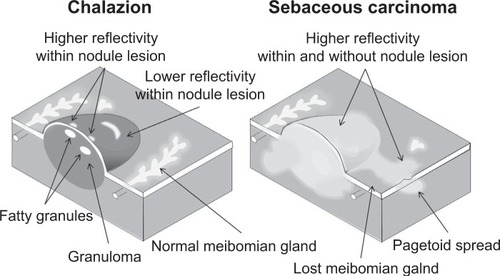Figures & data
Figure 1 Noninvasive meibography.
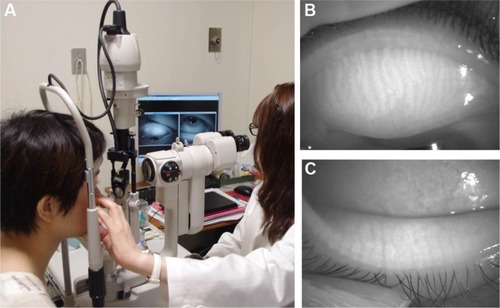
Table 1 Characteristics of the study subjects
Figure 2 Case 1: a 32-year-old woman with chalazion.
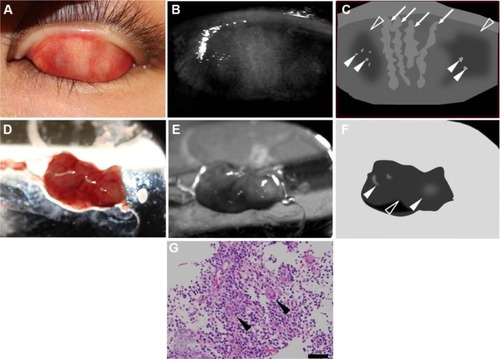
Figure 3 Case 5: a 61-year-old man with chalazion.
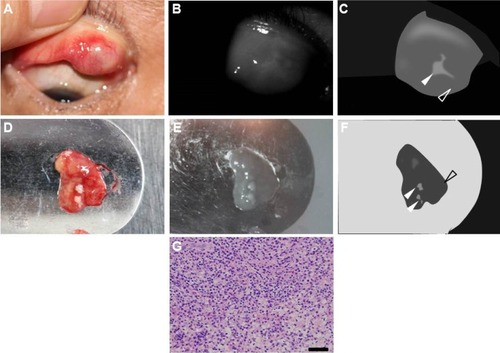
Figure 4 Case 6: an 87-year-old man with sebaceous carcinoma.
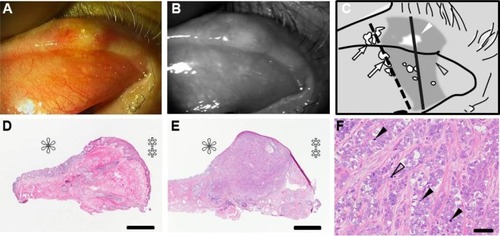
Figure 5 Case 7: an 89-year-old woman with sebaceous carcinoma.
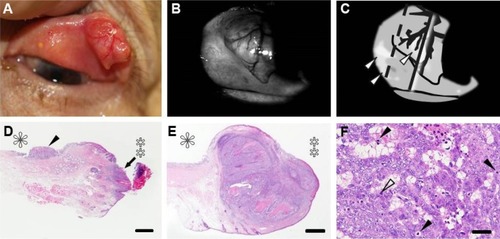
Figure 6 Case 8: an 82-year-old woman with recurrent sebaceous carcinoma.
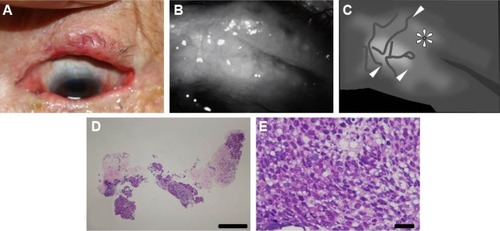
Figure 7 Schematic representation of the relationship between pathological characteristics and noninvasive meibography findings for chalazion and sebaceous carcinoma of the eyelid.
